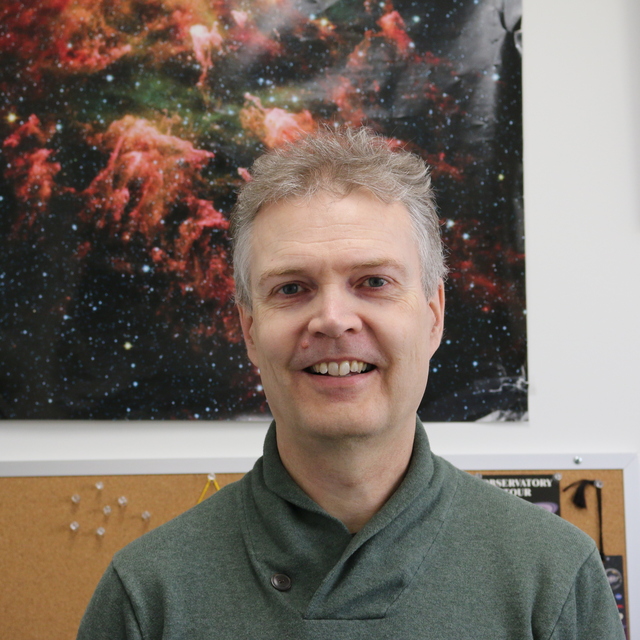November
2022
•
2022MNRAS.516.3318W
Authors
•
Webb, Kristi A.
•
Villaume, Alexa
•
Laine, Seppo
•
Romanowsky, Aaron J.
•
Balogh, Michael
•
van Dokkum, Pieter
•
Forbes, Duncan A.
•
Brodie, Jean
•
Martin, Christopher
•
Matuszewski, Matt
Abstract
•
We study the star formation history (SFH) of the ultradiffuse galaxy (UDG) Dragonfly 44 (DF44) based on the simultaneous fit to near-ultraviolet to near-infrared photometry and high signal-to-noise optical spectroscopy. In fitting the observations, we adopt an advanced physical model with a flexible SFH and discuss the results in the context of the degeneracies between stellar population parameters. Through reconstructing the mass-assembly history with a prior for extended star formation (SF) (akin to methods in the literature), we find that DF44 formed 90 per cent of its stellar mass by z ~ 0.9 (~7.2 Gyr ago). In comparison, using a prior that prefers concentrated SF (as informed by previous studies of DF44's stellar populations) suggests that DF44 formed as early as z ~ 8 (~12.9 Gyr ago). Regardless of whether DF44 is old or very old, the SFHs imply early SF and rapid quenching. This result, together with DF44's large size and evidence that it is on its first infall into the Coma cluster, challenges UDG formation scenarios from simulations that treat all UDGs as contiguous with the canonical dwarf population. While our results cannot confirm any particular formation scenario, we can conclude from this that DF44 experienced a rare quenching event.
Links




